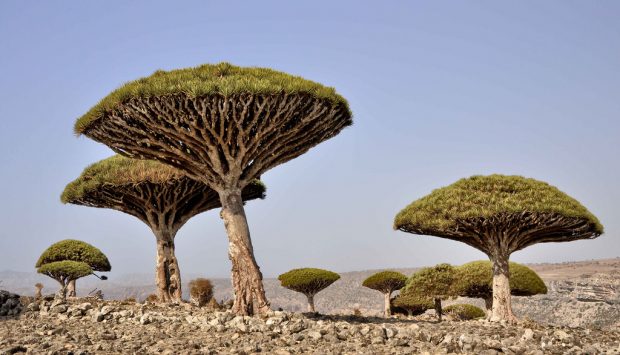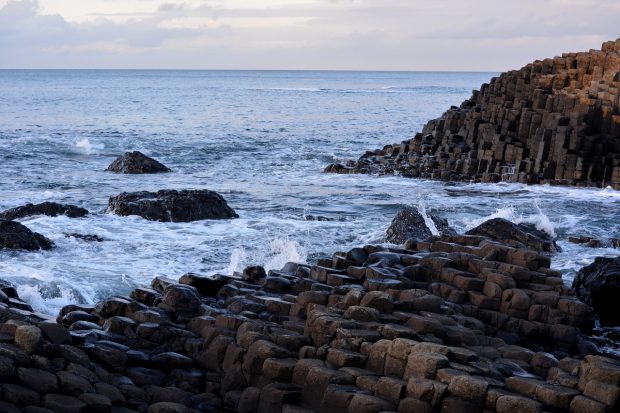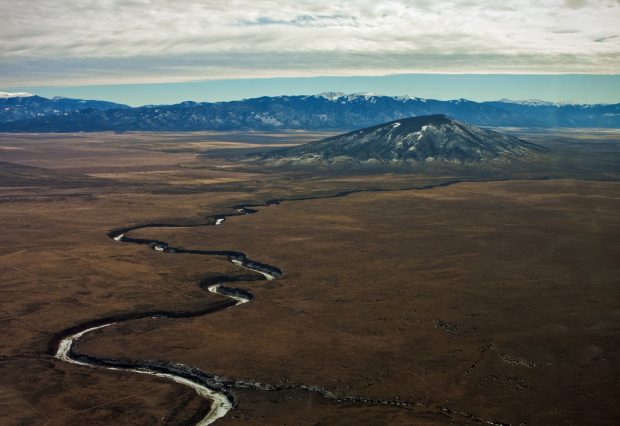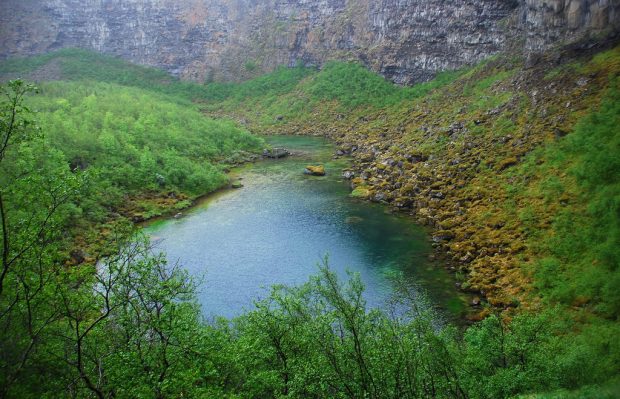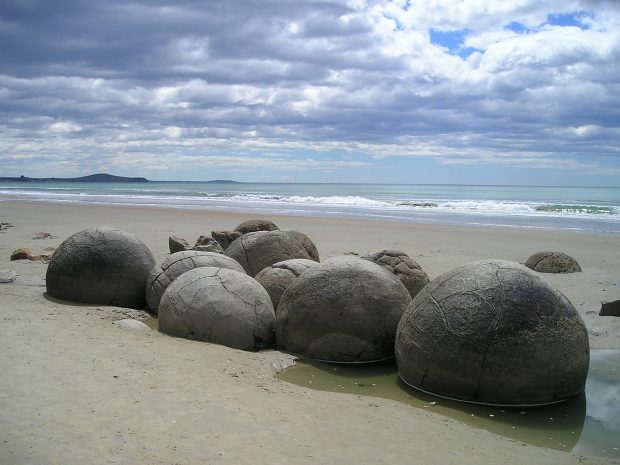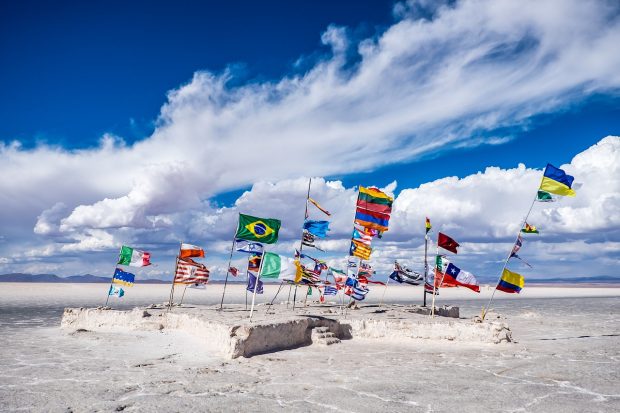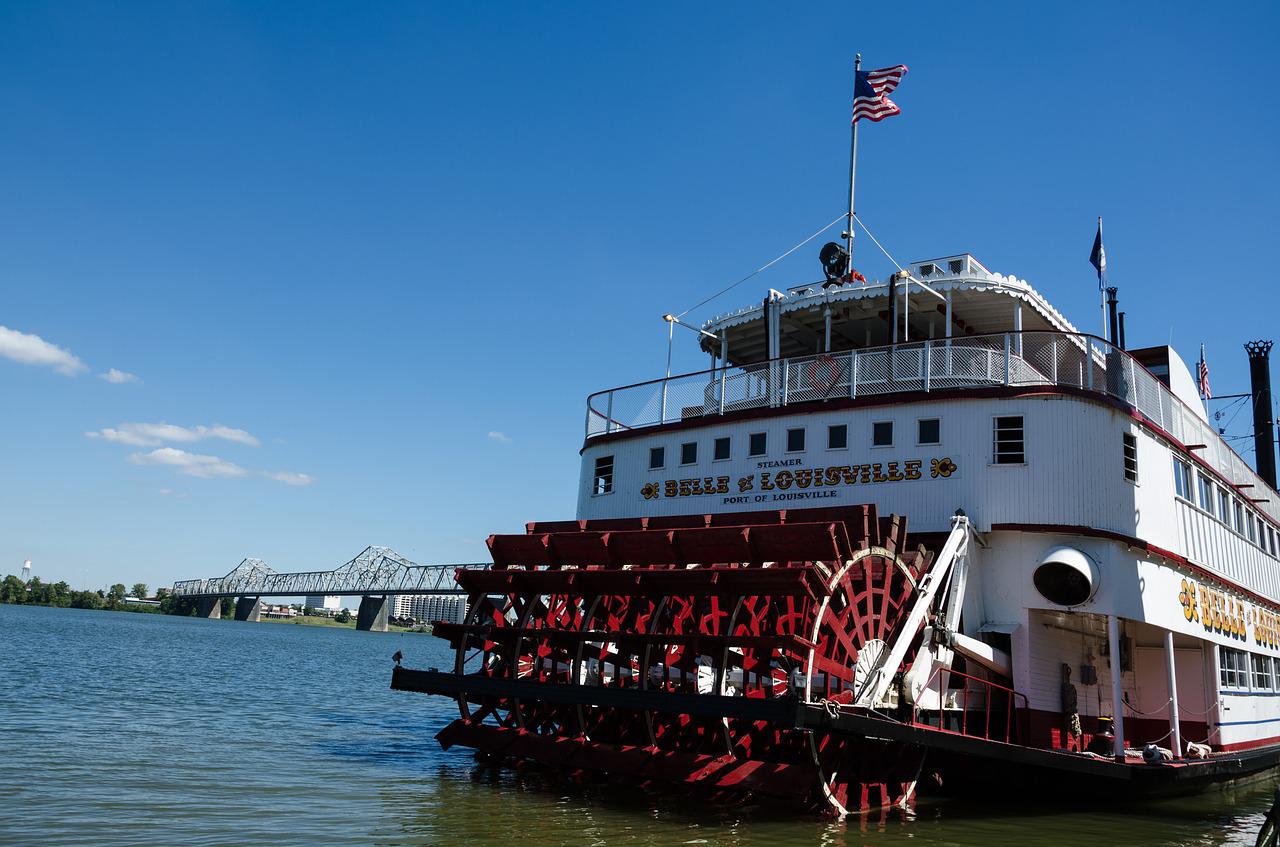Some of the most amazing places in the world have required fantastic tales or myths to explain how they came to be. Today, we have scientific explanations for most of what we see around us – but there is still insight to be found in the ways that people used to relate to the wonders of the world. Here’s a look at some of those legends.
The Fairy Chimneys of Cappadocia (Cappadocia, Turkey)
Anatolia’s ‘fairy chimneys’ look like abandoned homes in a remote area of Discworld. But in fact, they are the eroded geological foundations of hardened volcanic ash hills. Since humans inhabited the area, the chimneys have been used as churches, homes and – yes – chimneys, particularly by early Christians on the run from those nasty Romans.
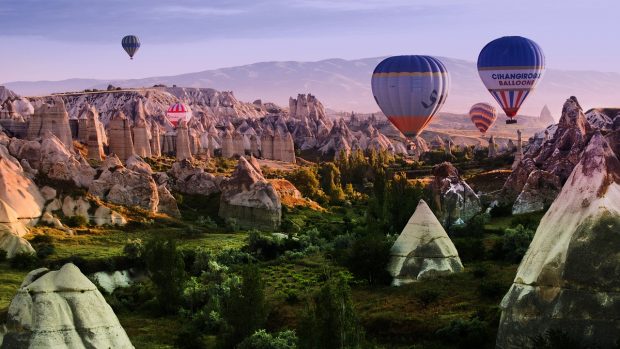
The Land of the Dragon’s Blood Tree (Socotra Archipelago, Yemen)
The unique breed of dragon’s blood trees earned their name from a legend that said the first of their number was created from the blood spilled in a battle with a brave elephant. Today, the health properties of the sap are celebrated by the locals, who still refer to it as dragon’s blood.
Image by Rod Waddington via Flickr
The Giant’s Causeway (County Antrim, Northern Ireland)
The giants who gave the famous Causeway its name were called Finn and Benandonner. When the latter threatened Ireland, the former threw great chunks of rock into the sea to create a path so the two could meet and sort things out. They’ve left quite a sight for the modern visitor to County Antrim.
The Sleeping Ute (Colorado, USA)
The Sleeping Ute is said to be a wounded god, sleeping to recover from injuries incurred while fighting evil. The rivers around him are his blood. His head can be made out in the Marble Mountains, while his toes are the volcanic rock protrusions at the south end of the range.
Image by Mouser Williams via Flickr
The Shelter of the Gods (Asbyrgi Canyon, Iceland)
Iceland is not short of magical views and magical legends, but the cliffs of Asbyrgi Canyon provide some of the best. The canyon was created – if you’re willing to go along with it – by the hoof print of Sleipnir, the eight-legged horse of Odin, when the Norse god came to visit the earth. As the print is over two miles long and represents just one of Sleipnir’s hooves, you can imagine the size of this mighty spider-horse!
Image by Tania & Artur via Flickr
The Moeraki Boulders (North Otago coast, New Zealand)
New Zealand’s Moeraki Boulders look like the stuff of science-fiction, but the Maori explanation is more grotesque: they believe a race of ogres, Kähui Tipua people, sailed to sea to find sweet potatoes, only to be shipwrecked; the rocks are the baskets and gourds that washed up on the coast.
The Giant’s Tears of Salar de Uyuni (Potosi, Bolivia)
The world’s largest salt flat may well qualify as the world’s saddest story (as long as we’re measuring things by volume of tears). Kusina, Kusku, and Tunupa, were three giants caught up in a bitter love triangle. The 4,050 square miles of salt plain is said to be the dried lake of Tunapa’s tears, after Kusku left her for Kusina. Boo-hoo!
The scientific explanation is that the Salar’s prehistoric lakes were caused by shifts in the landscape as the Andes rose. These lakes later dried up, leaving behind salt at a thickness of several meters, beneath which is a pool of lithium-rich brine which actually accounts for over half of the world’s lithium reserves.
There are enough legends in the world to cover its surface a number of times over, as everyone has their own idea of how things came to be. Perhaps scientific explanations are today’s legends, to be enjoyed in amusement by our enlightened descendents! Check out this amazing new set of illustrations of these natural wonders for further inspiration.

